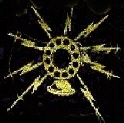
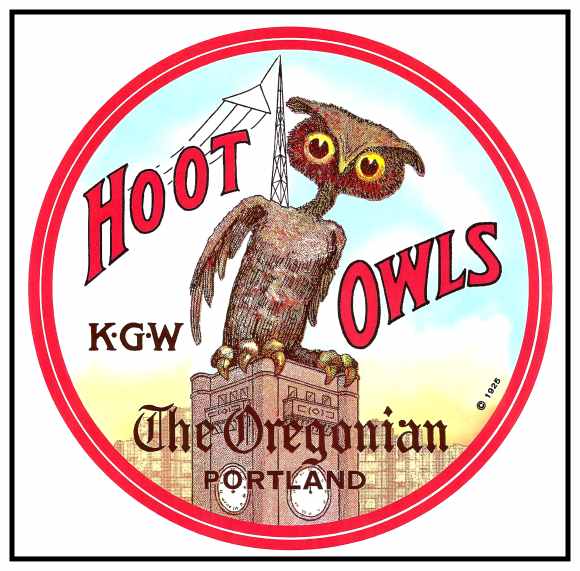
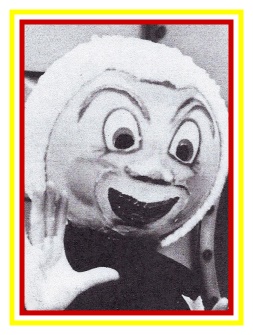
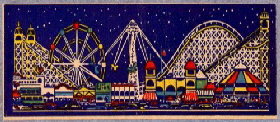

 |
 |
 |
 |
|||
 |
||||||
|
|
|||||||||||||||||||||||||||||||||||||||||||||||||||||||||||||||||||||||||||||||||||||
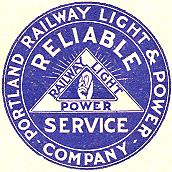 |
|||||
|
|
A predecessor to the Portland Railway Light & Power Co., the East Side Railway’s car “Mabel” in the 1890s |
|
The Portland Sellwood and Milwaukie Railway was one of the first electric interurban lines constructed in the Pacific Northwest. Cars traveled south to Sellwood through Milwaukie to Oregon City and it was built as a Real Estate Promotional Line as were most streetcar lines. |
|
|
Construction on Portland’s long-lived Interurban lines began in 1890 and service was quickly established from Portland to Sellwood’s City View Park (a popular horse track near the present-day Sellwood Park) and it transported its first passengers in June of 1892. The line was extended to Milwaukie where carbarns and shops were built. Service to Oregon City was inaugurated on February 16, 1893, and lasted until 1958. From Oregon City, the line was extended to Canemah Park for several years. |
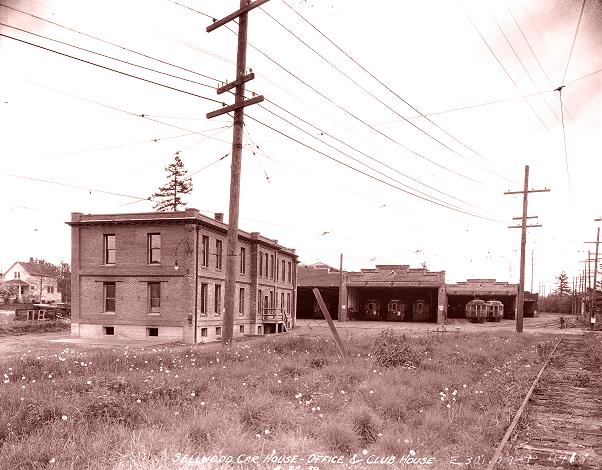 |
||||
|
Sellwood Car House, Office and Club House on April 28, 1930 |
||||
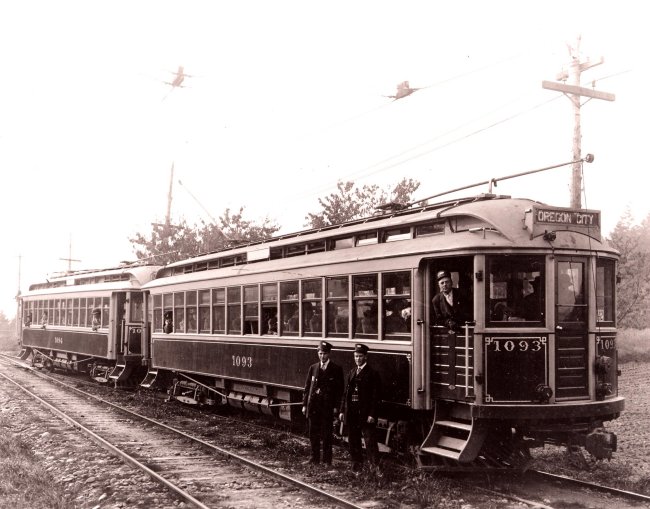 |
||||
|
Oregon City Cars 1093 and 1094 in 1908 |
|
|
Cazadero Train at the Estacada Depot |
|
Expansion continued and in 1903, a 36-mile line was opened east from Sellwood and Mt. Scott to Gresham, Boring, Estacada and Cazadero. It was heralded as the first electric railway ever built to the very highest “steam road standards”. There were about 53 stations on this division. A park was built at Cazadero on the Clackamas River to showcase a Power Generating Plant. The power generated was used to electrify the Streetcar Lines and to light Portlands streets. |
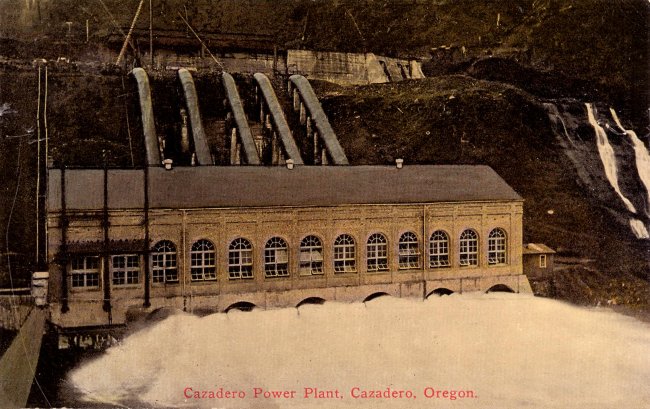 |
|
Cazadero Power Plant still operates today |
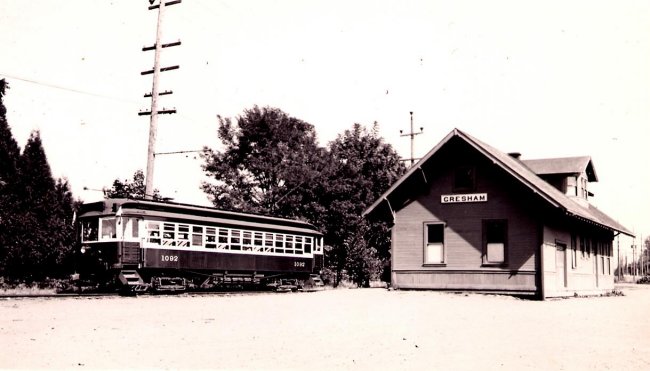 |
|||
|
Car No. 1092 Leaving Gresham Depot |
|||
|
Gresham’s population of 150 people started to grow so quickly that within a year, service was increased to hourly on the 17-mile trip. Service to Cazadero ran every two hours. Soon Gresham’s population swelled to 1000 inhabitants. |
|||
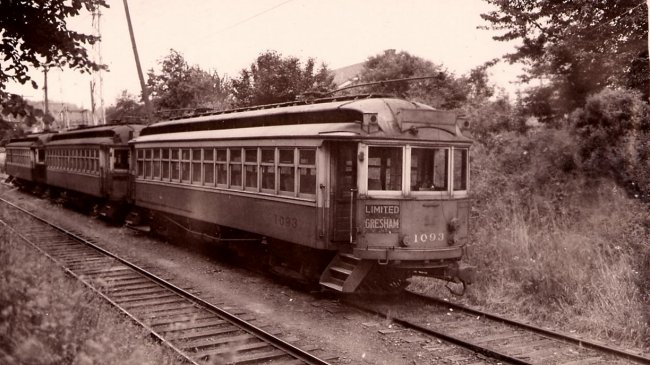 |
|||
|
Gresham Car No. 1093 at Golf Junction |
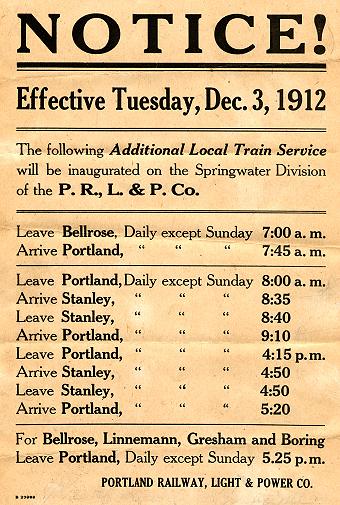 |
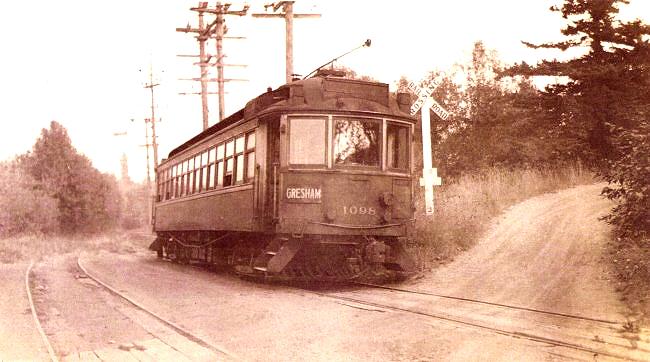 |
|
Gresham Car No. 1098 southeast of Gresham |
|
|
(Albert Reck Family Collection) |
|
This view of the Boring Depot was taken by 50-year plus Portland Motorman Albert Reck in 1912. Pictured on the right is Station Agent McCleary with his wife and helper. Early plans for Boring included making a Power Plant there as well as making it the location of a regional mail distribution facility, which has been built. The Boring Station (pictured above) was the largest one on the entire system. This building burned in the late 1920s and it was replaced by a much smaller facility. |
|
The names changed over the years as the various rail lines merged and reorganized. In 1906, all the lines became one company, the Portland Railway Light and Power Co., and later the name changed to Portland Electric Power Company (PEPCO). It eventually became Portland General Electric and in the mid 1940s, Portland Traction Company acquired the rail lines. |
||||||||||||||
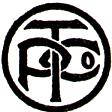 |
||||||||||||||
 |
||||||||||||||
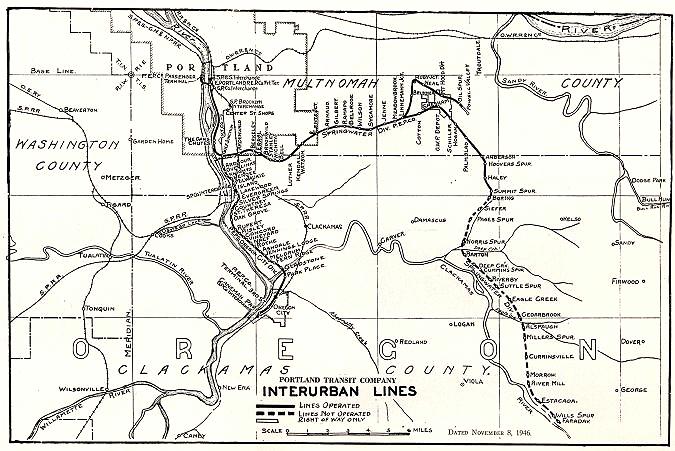 |
||||||||||||||
|
Map of Service Area from November 8, 1946 |
||||||||||||||
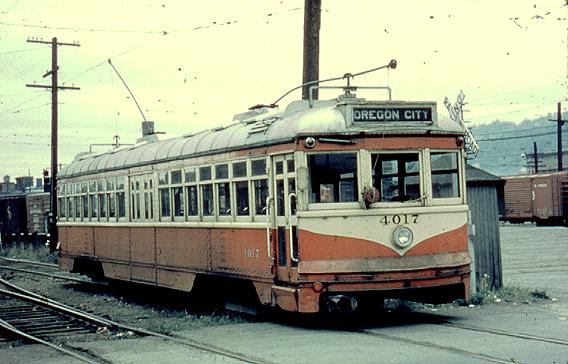 |
||||||||||||||
|
Oregon City Car No. 4017, one of the last cars purchased for use on Portland streets, was called one of the “Hollywoods” because it came from Hollywood Boulevard in Los Angeles |
||||||||||||||
|
Passenger service declined and ceased altogether in the 1950s. Freight service continued on the remaining lines until the 1970’s and they were eventually abandoned. In the 1990s, the tracks were removed and the land now makes up part of a 40-mile bike loop. |
 |
|||
|
|
The Mt. Hood Railway and Power Co. was organized to build another line east of Montavilla that opened in 1911 with service to Gresham. The line was extended east to Dodge Park and on to Bull Run where another power generating plant was built. Portland also gets its water supply from Bull Run. |
|
|
Early view of a steam train at the Pleasant Home Depot in 1911, prior to the electrification of the line |
||||||
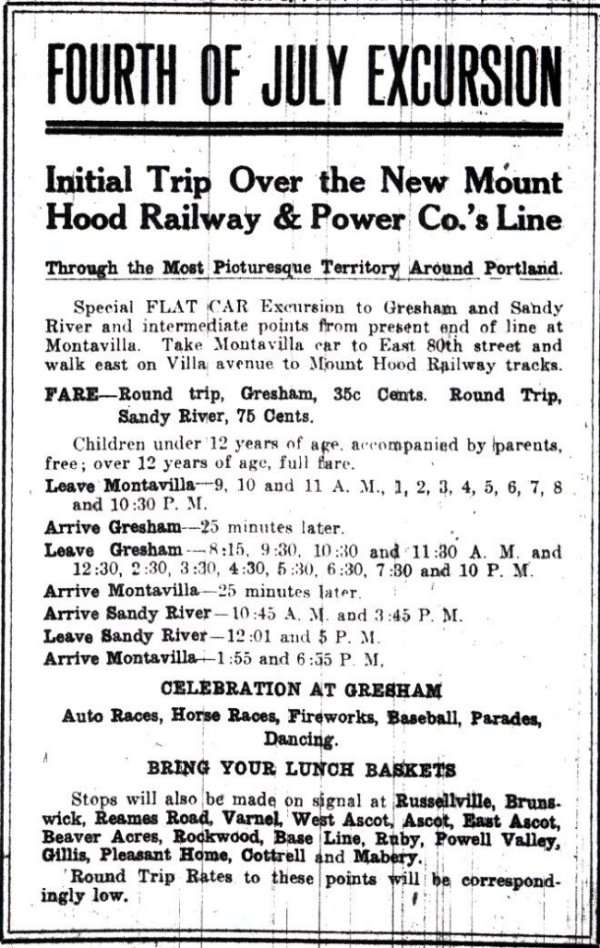 |
||||||
|
Oregonian Newspaper Ad from July 3, 1911 |
||||||
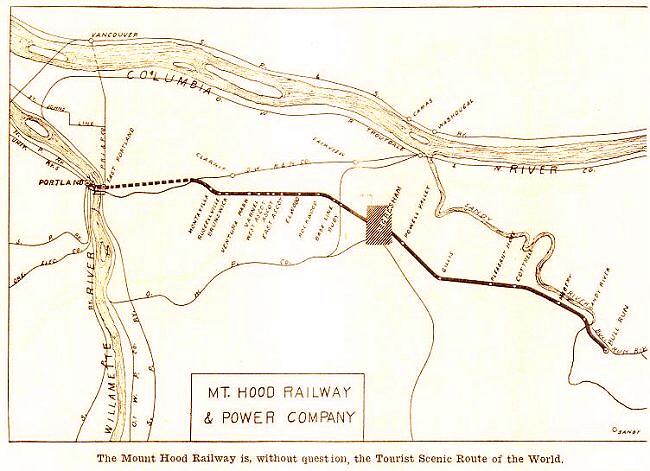 |
||||||
|
The Mt. Hood Railway and Power Co. opened a 22-mile steam line from Montavilla to Bull Run in 1911 with 30 stations. The Portland Railway Light and Power Co. acquired this line in 1912 and electrified it in 1913, operating it as the Mt. Hood Division. Passenger service continued to Bull Run until December 27, 1930. |
||||||
|
|
Inbound Cottrell Car stopped at the Mt. Hood Division Depot in Pleasant Home |
|
|
|||||||||||||||||||||||||||||||||||||||||||||||||||||||||||||||||||||||||||||||||||||||||||||||||||||||||||||||||
|
Last updated 10-25-16 |
|
copyright © 2017 PdxHistory.com |